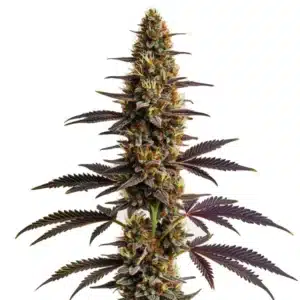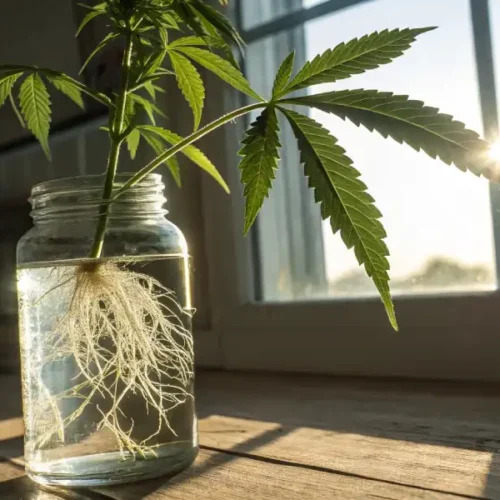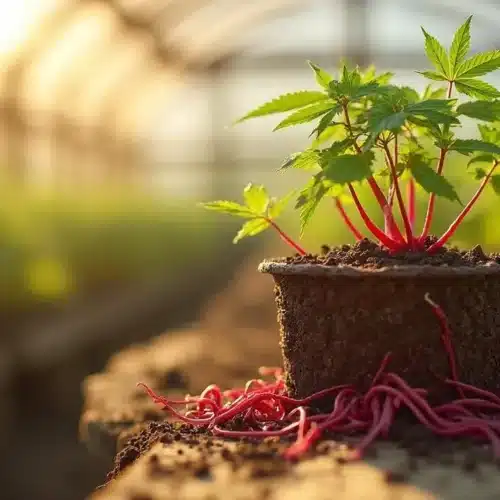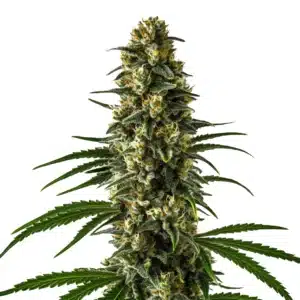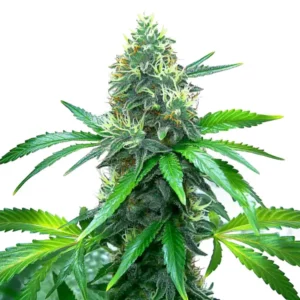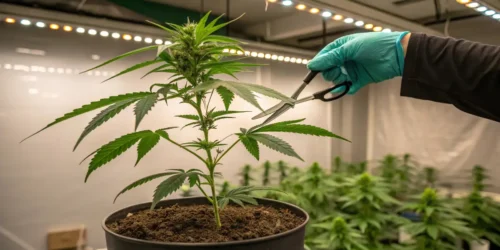The journey of growing cannabis can sometimes feel like a rollercoaster ride filled with twists and turns. Among the various techniques that can help guide your plants positively throughout their life cycle, bending their stems during the flowering stage stands out prominently. Often referred to as low-stress training or LST, this method aims to optimize light exposure and improve yields. Embracing this technique not only enhances the growth of the plants but can also transform the overall satisfaction and success in cultivating cannabis.
Why Bend Stems During Flowering?
Bending stems during the flowering phase of cannabis cultivation offers a treasure trove of benefits. To start, this technique allows light to reach a greater number of bud sites. Imagine your plants as a group of friends gathered around a table: if some are sitting behind others, they won’t see or enjoy the meal as much. In the same way, bending certain branches allows every part of the plant to soak up sufficient light, enhancing both the yield and the quality of the harvest.
Furthermore, bending stems is also a smart way to manage plant height and structure. Cannabis plants can have an impressive growth spurt during flowering, almost like a teenager at the dinner table, stretching to grab the last biscuit! If left unchecked, this excessive height can cause issues with space and light distribution. By bending and shaping the plants, you’ll be maintaining an orderly garden that thrives.
Techniques for Bending Stems
When it comes to bending stems throughout the flowering period, there are several techniques you might find useful. Below are a few popular methods to consider:
- Pinching: This involves gently pinching the stem to create a slight bend. Imagine giving it a hug; this eases the plant into growing in a desired direction.
- Using Plant Ties: Soft ties or ties crafted from garden wire can help hold those bent stems in place. Think of it like using a friendly pair of hands to support them without causing harm.
- Twisting: Sometimes, twisting branches can create an eye-catching shape, much like styling hair! This helps expose more bud sites to light and nutrients.
Experimenting with these methods will undoubtedly lead to discovering what works best for you and your plants. While bending stems can be exhilarating, keeping a watchful eye on the plants will ensure they remain healthy and thriving. Remember, each plant has its personality, and understanding these nuances can make a world of difference!
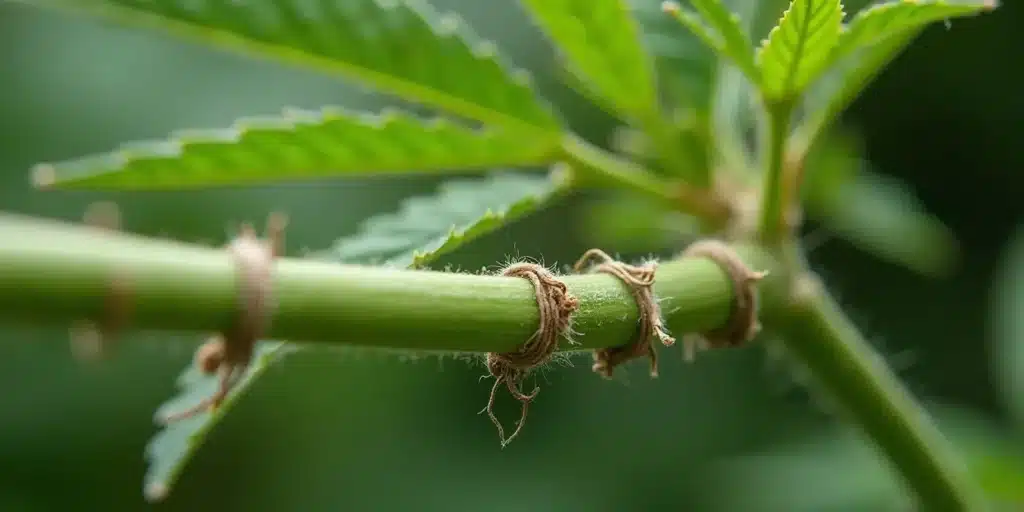
Promos & Deals
Timing for Bending Stems
Timing is like the key to the perfect recipe when it comes to bending stems during flowering. Generally, the early flowering stage is the ideal time to start this process. At this point, the plants are still known for their flexibility. You want to seize this window of opportunity to avoid any unnecessary damage to the stems, keeping your plants on their path to success.
As the flowering stage progresses, the stems tend to become more rigid, making it similar to trying to bend a thick branch, not impossible, but risky! Therefore, it’s crucial to keep a close eye on your plants and act quickly when you see a chance for bending. Your plants will reward your timely interventions with robust growth and bountiful yields.
Common Mistakes to Avoid
While the art of bending stems can unlock several advantages, there are still pitfalls to be careful of. Here are some common mistakes that growers stumble upon:
- Bending Too Late: Waiting too long to bend stems may leave you with inflexible branches that resist your well-intentioned efforts. Preemptive care is always the best course!
- Overdoing It: Too much pressure can lead to snapping, akin to pulling a rubber band too far. Always be gentle; plants often communicate their needs, and your sensitivity to these cues will pay off.
- Ignoring Plant Health: If your plant is feeling under the weather, bending may worsen its condition. Make sure to prioritize their wellbeing before attempting any training techniques.
By steering clear of these common missteps, you can weave a successful training regimen into your growing journey and enjoy a fruitful harvest. Think of it as fine-tuning your approach to better support your plants!
Choosing the Right Strains
When selecting cannabis strains suitable for low-stress training, choosing varieties known for their resilience can make a significant difference. Some strains are like hardworking pets that love to play fetch, while others may shy away from rigorous training. Here are a few strains that have proven to be strong candidates for bending techniques:
- Blue Dream: This hybrid strain is loved for its well-balanced effects and ease of growth, making it a go-to choice for beginners seeking to use bending methods effectively.
- Girl Scout Cookies: With robust growth patterns, this popular strain can yield exceptional results when given the right training. It’s akin to a high achiever who flourishes with a little guidance.
- OG Kush: Known for its sturdy structure, OG Kush benefits greatly from bending, allowing light to penetrate better and reach those lower nodes for a more abundant harvest.
When you select strains that respond positively to bending, you’re setting the stage for a successful flowering phase, which translates into a delightful harvest in the end. Each choice you make enriches the entire experience of cultivation.
Additional Factors to Consider
While you focus on bending stems, there are several other factors you should keep in mind. Adequate lighting, proper environmental conditions, and nutrient availability are crucial to achieving results with bending techniques. Consider these key areas:
- Light Quality: Ensure that your lighting covers the entire canopy evenly. This will create an environment where every leaf can thrive and contribute to the overall health of the plant.
- Temperature and Humidity: A stable environment is essential. Fluctuations in temperature and humidity can stress your plants and hinder their ability to recover after bending.
- Nutrient Levels: Tailoring nutrients to support ongoing growth can facilitate the recovery process post-bending, paving the way for happier and healthier plants.
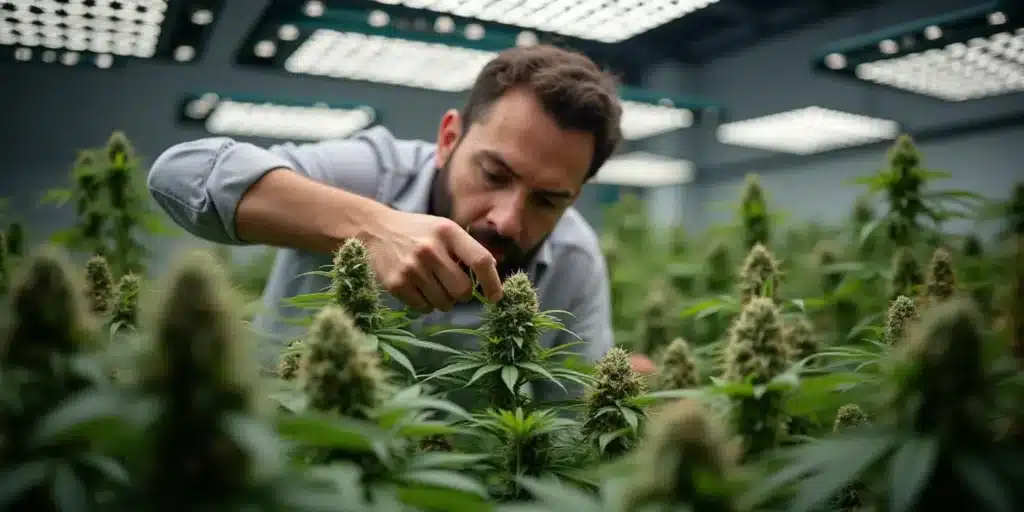
Monitoring Your Plants
Once you’ve bent the stems, keeping a close eye on your plants becomes vital. Just like nurturing a friendship, constant communication is essential! Regularly check on their growth and watch for any changes in leaf color or structure. These signs are indicators of how well the plants adapt to bending, like checking in on a friend to see how they are coping.)
Especially after bending, the bent stems should not appear wilted or damaged. If you notice any signs of distress, be proactive in providing proper care. Adequate watering and maintaining consistent nutrient levels can significantly aid in your plants’ recovery and future growth.
Encouraging Recovery
Recovery after bending is key to the success of your plants. Just like giving unsure friends a little reassurance after a rough day, your plants will appreciate a helping hand. Follow these steps to promote robust recovery:
- Proper Watering: Ensure that your plants are adequately watered; proper hydration allows them to bounce back from stress efficiently.
- Light Adjustment: After training, adjust your lighting to ensure all parts of the plant receive enough light. This is essential for balanced growth.
- Nutritional Support: Implementing a well-balanced nutrient regimen can not only assist recovery but also stimulate healthier and vigorous growth.
FAQs
What is the best time to start bending stems?
Starting the bending process during the early flowering stage, when the branches are still flexible, is ideal. This timing enhances the chances of success and reduces the risk of damaging the stems. Think of it as a golden opportunity!
Can all cannabis strains be trained using this technique?
Although many strains can benefit from bending, not every strain responds favorably to this technique. Research specific strain characteristics beforehand to ensure they will adapt well to low-stress training methods.
Are there any risks associated with bending stems?
Yes, there are risks, particularly if bending is done incorrectly or too aggressively. Gentle pressure and monitoring your plant’s response will help mitigate these risks. It’s all about harmony and balance!
How much bending is too much?
Bending should be a gradual process; a good rule of thumb is to bend branches no more than about 45 degrees at a time. If you notice branches starting to break or wilt, it’s wise to pause and allow the plant to recover.
Can I bend stems outside of flowering?
Absolutely! Bending can be applied during the vegetative stage as well. Low-stress training is beneficial for shaping the plant, optimizing its growth even before it enters the flowering phase.
By thoughtfully implementing bending techniques and continuously monitoring your plants’ health, cannabis growers can greatly enhance their yields and overall satisfaction. Mastering this essential skill can well and truly elevate the cultivation journey, whether for personal enjoyment or larger-scale production. Here’s to happy growing!



